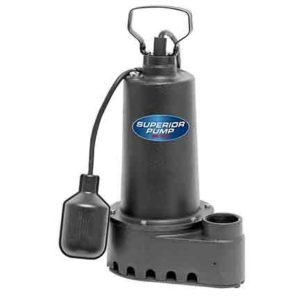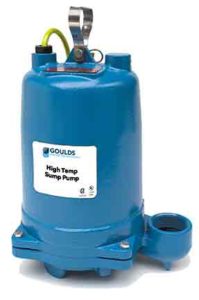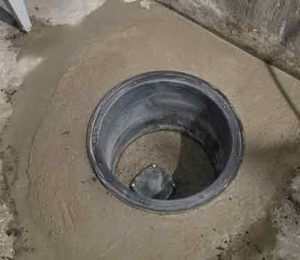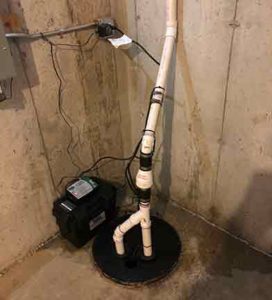A Guide to Sump Pump Repair and Maintenance – A basement sump pump is one of those equipment’s you don’t get to use often. For most of the year, you may have no reason to think about the sump pump. But when the occasion arises for its use, you want your sump pump to be up to anything nature throws at it. One of the worst home emergencies to have is a sump pump failure.
Sump pumps protect your home from water intrusion but as Alliance Property Management team explains, since they are out of sight in the basement, it is easy to neglect this essential equipment. The wake-up is usually when you go down to the basement and accidentally step into ankle-deep ice-cold water. But you’re lucky if this is all that happens; you could make the discovery in worse circumstances.
Like any other component of your home, the sump pump needs maintenance. Sump pumps are hardy pieces of equipment but even the hardiest device can break down unexpectedly, especially if it is not getting the required care. There are several things that can cause your sump pump to fail but most of them can be prevented with timely maintenance of the equipment.
Common causes of sump pump failure
The most frequent issues you will have with a sump pump are:
- Mechanical problems: Issues with the pressure sensor or float activator arm. The float arm is the on/off switch for the pump. If it is out of order, the pump will not kick in when there is water in the sump pit.
- Electrical problems: Power outages during a severe storm will cut off the power supply to the equipment. Power surges could also damage its electrical components.
- Blocked/frozen discharge lines: If debris or small animals gets into the pipe, it could get blocked. Pipes may also be blocked by ice or snow.
Sump pump maintenance routine
To keep the sump pump from getting problems, you should run the equipment periodically and also check the function of its various components. Looking after your basement sump pump is not difficult. You just need to create a schedule for sump pump maintenance. You should also know the important tasks to do during maintenance.
Test the float
The float is the part of the sump pump most likely to suffer damage. The pump will not work if the float is damaged because the float triggers the pump. To check if the float is working, slowly pour water into the sump pit until the float rises and the pump activates. If the pump activates, it should also shut off after the water is removed. If this happens, the float is fine.
Clean the sump pit
Debris – mostly soil materials – will usually find its way into the pit along with water. Debris inside the sump pit can give you a lot of problems. Solid materials in the pit can interfere with the function of the float. Sometimes when you think you have a float issue, it could actually be the debris in the pit that is the real problem. Before attempting to deal with float issues, first clean out the debris and do it regularly.
Test the check valve
If, when you pour water into the pit to check the float, the pump is triggered but the water, instead of being removed returns to the pit, you have a problem with the check valve. Another sign that the check valve may be damaged is when water stays longer in the pit than it should. Diagnosing check valve issues is a bit complex; it is best to have an expert look at the sump pump.
Clean the impeller
This is another problem that could be caused by debris. Normally, any debris that enters the sump pump should be captured by the screen. However, if this does not happen, dirt can accumulate on the impeller and jam it. This is a common cause of sump pump damage, but it is easily solved.
Simply unplug the pump, disconnect its piping to remove it from the pit, and then disassemble it to remove the screen and impeller. Clean the impeller and return it to its place inside the pump.
Check the power supply
Faulty electrical connections can damage the sump pump or cut-off electricity supply to the equipment. When you test the pump as described in the section on checking the float, if the sump pump does not trigger, check the electricity supply before trying anything else. The pump may not be properly plugged in or there could be a problem with the circuit breaker.
Install an alarm
This step is more of a precautionary measure; it does not deal directly with maintaining the sump pump. A sump pump alarm will alert you when your sump pump has stopped working. Some alarms can be configured to send an SMS or email when there is a problem. Installing an alarm will eliminate any chances that you will be caught off-guard by a sump pump failure.




Leave a Reply